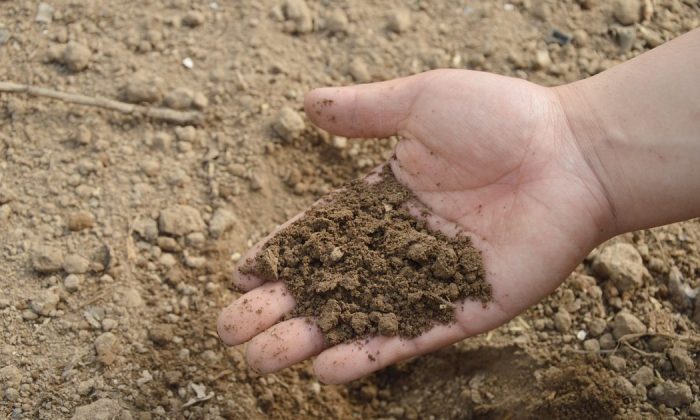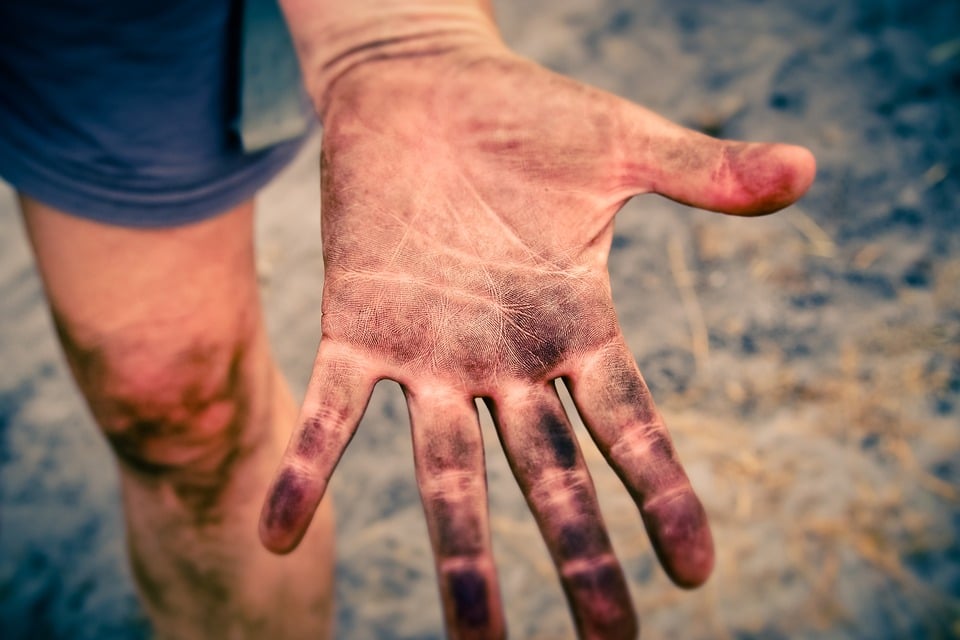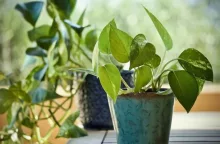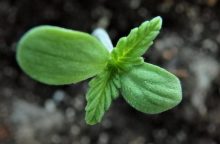Fertilizing and soil improving in autumn

November is a good time to enrich soil by using fertilizers and to prepare it for the upcoming season. Probably all gardeners wish for a loamy soil with a high content of organic humus. You may have soil like that but you need to put some effort into it. An ideal soil should contain no more that 50% of sandy parts, a least 30% of dirt and a no more than 20% of clay. So, how can you achieve the best possible soil?
Clay soil
If you have a clay soil you need to drain it and add nutrients. So, if you start ploughing in autumn (which we highly recommend), you need to add a few cm thick layer of sand to the soil. The sand should be rather coarse or you may use expanded clay or fine gravel instead. You also need to add a well-matured compost or cow’s manure.
Photo: Pixabay
Sandy soil
If you have a rather sandy soil in your garden, you probably have a dry soil, and you need to enrich it with some organic component to help it better retain nutrients and water. Add compost. While you are at it add compost under trees and shrubs too but do not place it around the trunk. It is better to spread the compost outwards where the crown ends, because that is where the majority of fine roots are.
Why fertilize the garden in the autumn?
In autumn we fertilize plants that need to get strong and “survive” the winter and also empty flower beds because we need to get the soil ready for the next season. If you fertilize soil with plants that are supposed to survive the winter, choose fertilizers with a higher potassium content, but with a low nitrogen content.
Autumn fertilizers contain a well-balanced content of these two nutrients Organic fertilizers (compost, cow’s manure, etc.) are mainly used on empty flower beds.
Why is potassium so important?
Potassium is the most important nutrient for plants that have to survive the winter as it prevents exhaustion of plants. Plants used up all the energy to become strong and beautiful and to give use fruits during spring, summer and autumn. Potassium strengthens plant tissues, which makes plants less susceptible to frost damage. Potassium is also used on lawns as it protects from Monographella nivalis subsp. nivalis (Schaffnit).
Preview photo: Pixabay

Gardening is my hobby, I have a lot of experience and I am happy to share it.









0 comments